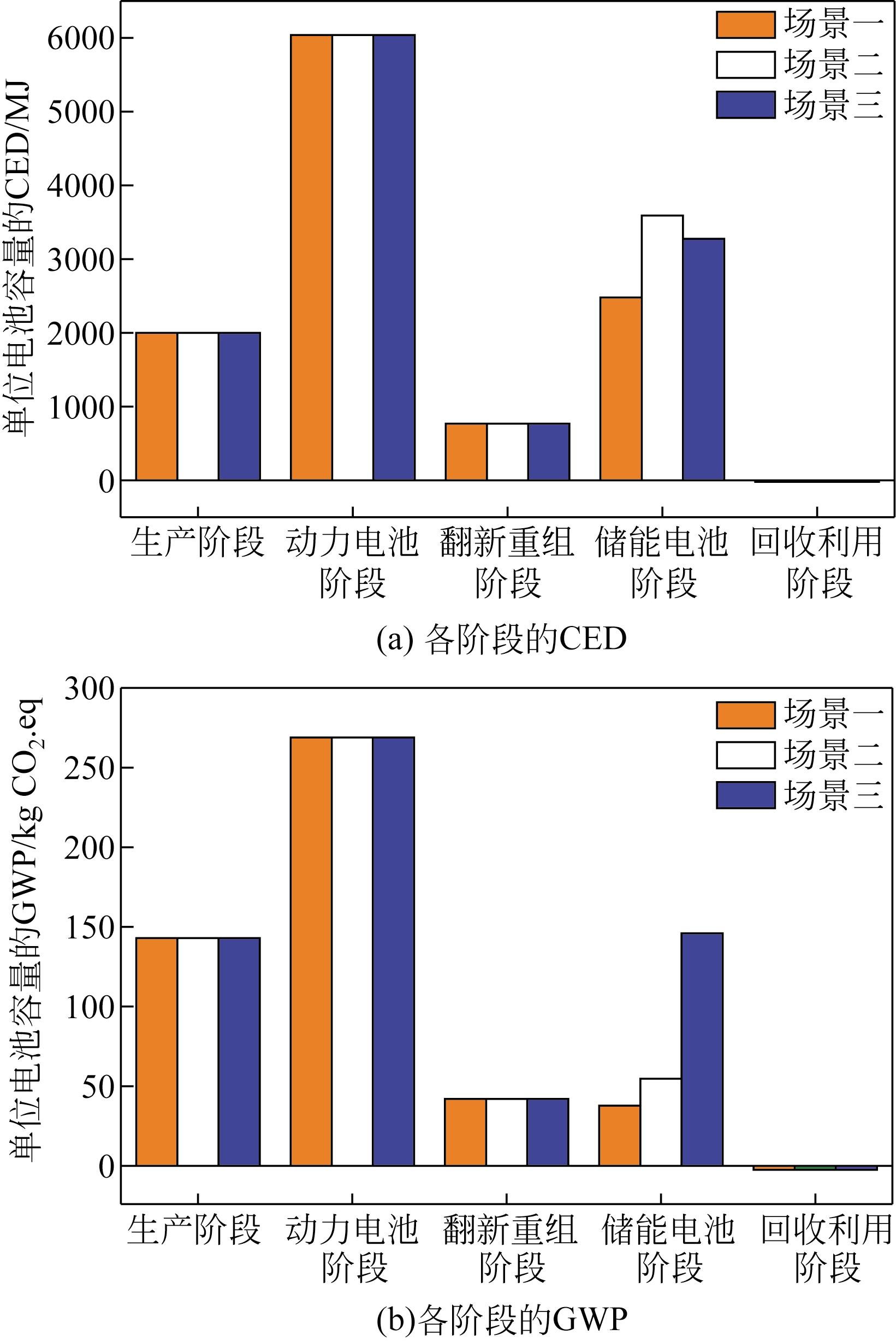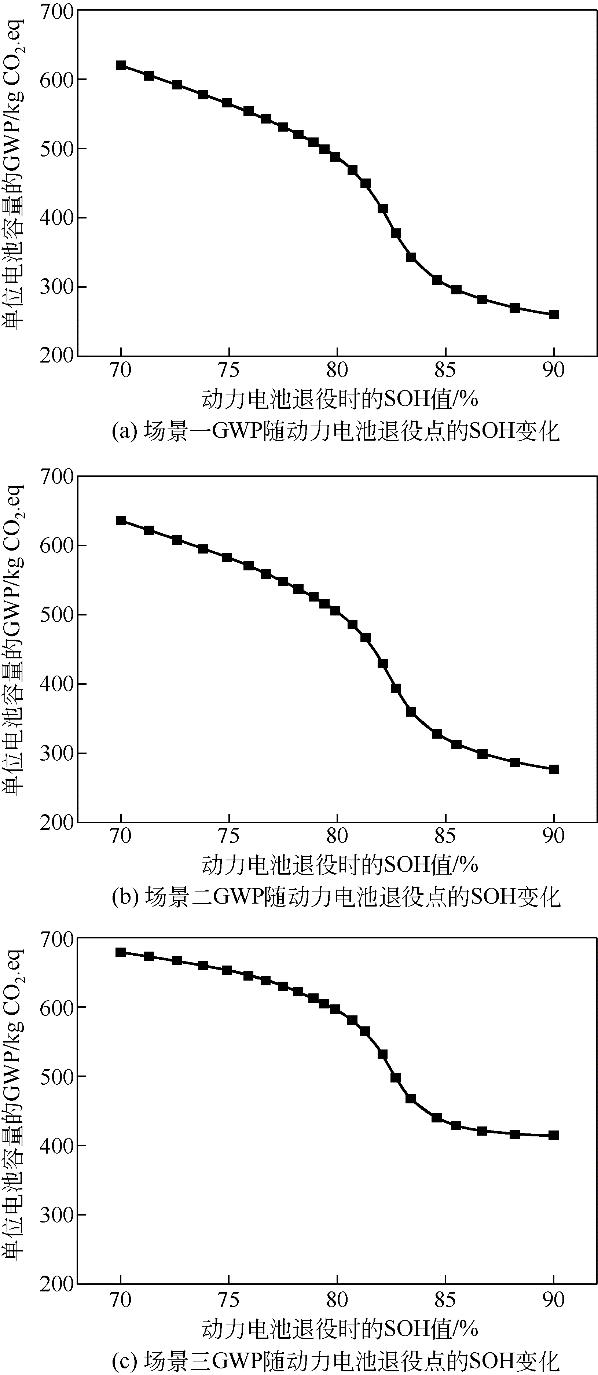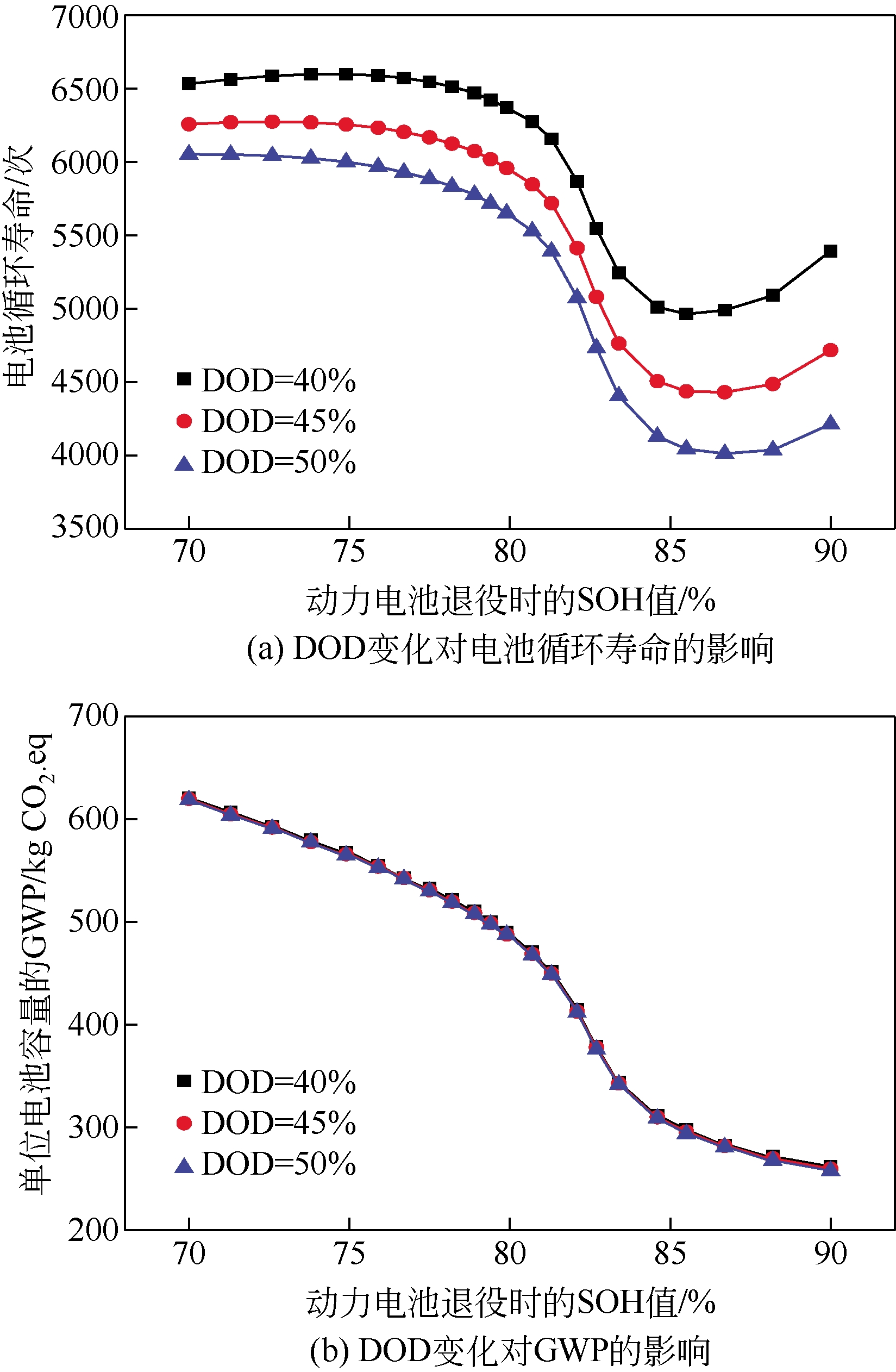| 1 |
刘坚 . 电动汽车退役电池储能应用潜力及成本分析[J]. 储能科学与技术, 2017, 6(2): 243-249.
|
|
LIU J . Second use potential of retired EV batteries in power system and associated cost analysis[J]. Energy Storage Science and Technology, 2017, 6(2): 243-249.
|
| 2 |
沈佳妮, 贺益君, 马紫峰 . 基于模型的锂离子电池SOC及SOH估计方法研究进展[J]. 化工学报, 2018, 69(1): 309-316.
|
|
SHEN J N , HE Y J , MA Z F . Progress of model based SOC and SOH estimation methods for lithium-ion battery[J]. CIESC Journal, 2018, 69(1): 309-316.
|
| 3 |
VISWANATHAN V V , KINTNER-MEYER M . Second use of transportation batteries: maximizing the value of batteries for transportation and grid services[J]. IEEE Transactions on Vehicular Technology, 2011, 60(7): 2963-2970.
|
| 4 |
LIH W C, YEN J H, SHIEH F H , et al . Second use of retired lithium-ion battery packs from electric vehicles: technological challenges, cost analysis and optimal business model[C]//Taichung: International Symposium on Computer, Consumer and Control (IS3C), IEEE, 2012: 381-384.
|
| 5 |
DEBNATH U K , AHMAD I , HABIBI D . Quantifying economic benefits of second life batteries of gridable vehicles in the smart grid[J]. International Journal of Electrical Power & Energy Systems, 2014, 63: 577-587.
|
| 6 |
CICCONI P , LANDI D , MORBIDONI A , et al .Feasibility analysis of second life applications for Li-ion cells used in electric powertrain using environmental indicators[C]//Florence: International Energy Conference and Exhibition (ENERGYCON), IEEE, 2012: 985-990.
|
| 7 |
AHMADI L , YOUNG S B , FOWLER M , et al . A cascaded life cycle: reuse of electric vehicle lithium-ion battery packs in energy storage systems[J]. International Journal of Life Cycle Assessment, 2017, 22(1): 111-124.
|
| 8 |
RICHA K , BABBITT C W , NENADIC N G , et al . Environmental trade-offs across cascading lithium-ion battery life cycles[J]. International Journal of Life Cycle Assessment, 2017, 22(1): 66-81.
|
| 9 |
CASALS L C , GARCÍA B A , AGUESSE F , et al . Second life of electric vehicle batteries: relation between materials degradation and environmental impact[J]. International Journal of Life Cycle Assessment, 2017, 22(1): 82-93.
|
| 10 |
CASALS L C , GARCÍA B A , BENÍTEZ M M G . Project management and engineering research[M]. Cham:Springer, 2017: 139-151.
|
| 11 |
李景坤, 廖小珍, 马紫峰 . LiFePO4正极材料制备过程研究进展[J]. 化工进展, 2010, 29(8): 1508-1512.
|
| 12 |
LI J K , LIAO X Z , MA Z F . Research progress in preparation process of LiFePO4 cathode materials for lithium ion battery[J]. Chemical Industry and Engineering Progress, 2010, 29(8): 1508-1512.
|
| 13 |
HAWKINS T R , GAUSEN O M , STRØMMAN A H . Environmental impacts of hybrid and electric vehicles:a review[J]. The International Journal of Life Cycle Assessment, 2012, 17(8): 997-1014.
|
| 14 |
PETERS J F , WEIL M . Providing a common base for life cycle assessments of Li-ion batteries[J]. Journal of Cleaner Production, 2018, 171: 704-713.
|
| 15 |
ELLINGSEN L A W , MAJEAU-BETTEZ G , SINGH B , et al . Life cycle assessment of a lithium-ion battery vehicle pack[J]. Journal of Industrial Ecology, 2014, 18(1): 113-124.
|
| 16 |
WANG X , GAUSTAD G , BABBITT C W , et al . Economic and environmental characterization of an evolving Li-ion battery waste stream[J]. Journal of Environmental Management, 2014, 135(4): 126-134.
|
| 17 |
AHMADI L , YIP A, FOWLER M , et al . Environmental feasibility of re-use of electric vehicle batteries[J]. Sustainable Energy Technologies & Assessments, 2014, 6: 64-74.
|
| 18 |
GUO F , LI H , YAO C , et al . Residential usage profile optimization and experimental implementation of the retired HEV battery with a hybrid microgrid testbed[C]//Pittsburgh,PA,USA:Energy Conversion Congress and Exposition (ECCE), IEEE, 2014: 428-435.
|
| 19 |
HUANG X K , KE S Y , LV H C , et al . A dynamic capacity fading model with thermal evolution considering variable electrode thickness for lithium-ion batteries[J]. Ionics, 2018, 24(11): 3439-3450.
|
 ),Lixia KANG1,Yongzhong LIU1,2(
),Lixia KANG1,Yongzhong LIU1,2( )
)



